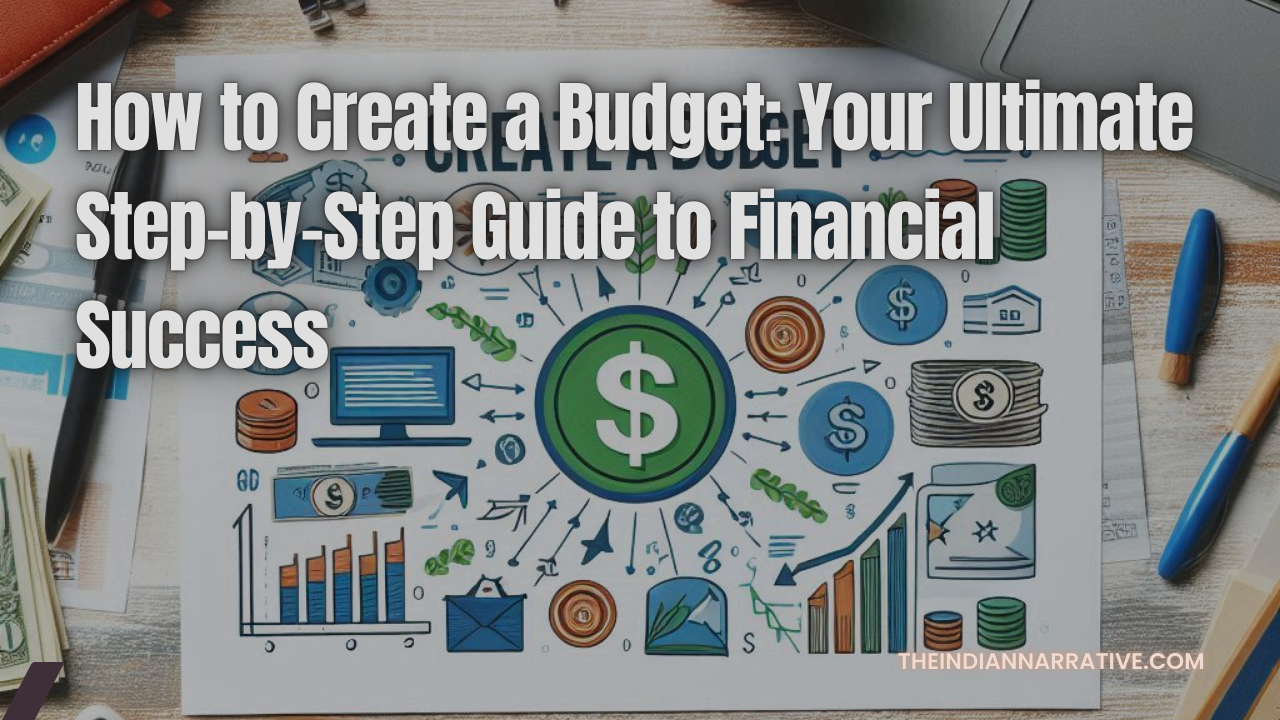Creating a budget is one of the most important steps you can take to achieve financial stability and success. Whether you’re saving for a big purchase, trying to pay off debt, or simply want to have a better understanding of your finances, budgeting can help you track your income and expenses. In this guide, we’ll walk you through the essential steps to create a budget that works for you.
Why Budgeting is Important
A budget is a financial plan that allows you to allocate your income towards expenses, savings, and debt repayment. Here are a few reasons why budgeting is essential:
- Gain Control Over Your Finances: Budgeting helps you understand where your money goes, enabling you to make informed decisions.
- Achieve Your Financial Goals: Whether saving for a vacation, a new car, or retirement, budgeting allows you to set and reach financial goals.
- Prepare for Emergencies: A well-structured budget can help you build an emergency fund for unexpected expenses.
Tools You’ll Need
Before you start creating your budget, gather the following tools:
- Income Statements: Pay stubs, freelance invoices, or any other source of income.
- Expense Tracking Tools: Apps, spreadsheets, or pen and paper to track your expenses.
- Calculator: To help with calculations and projections.
Step-by-Step Guide to Creating a Budget
Step 1: Identify Your Financial Goals
Keywords: financial goals, short-term goals, long-term goals
Start by determining your financial goals. Consider both short-term (saving for a vacation) and long-term (buying a house) objectives. Write them down to keep yourself accountable.
Step 2: Calculate Your Income
Keywords: calculate income, total monthly income
Add up all sources of income, including your salary, bonuses, freelance work, and any passive income. This total will serve as the foundation of your budget.
Step 3: Track Your Expenses
Keywords: track expenses, categorize expenses
For at least a month, track all your expenses, including fixed costs (rent, utilities) and variable costs (groceries, entertainment). Categorize them to get a clearer picture of your spending habits.
Step 4: Create Expense Categories
Keywords: expense categories, fixed vs variable expenses
Divide your expenses into categories, such as:
- Fixed Expenses: Rent, mortgage, utilities, insurance
- Variable Expenses: Groceries, entertainment, dining out
- Savings and Debt Repayment: Emergency fund, retirement contributions, loan payments
Step 5: Set Spending Limits
Keywords: spending limits, budget allocation
Based on your tracked expenses and income, set realistic spending limits for each category. Ensure that your total expenses do not exceed your income.
Step 6: Plan for Irregular Expenses
Keywords: irregular expenses, yearly expenses
Consider including irregular expenses like annual subscriptions, car maintenance, or holiday gifts in your budget. Estimate these costs and allocate a portion of your monthly income to cover them.
Step 7: Review and Adjust Your Budget
Keywords: review budget, adjust budget
After creating your budget, review it regularly. At the end of each month, assess whether you met your spending limits and financial goals. Adjust your budget as necessary to reflect changes in income or expenses.
Step 8: Use Budgeting Tools
Keywords: budgeting apps, financial software
Consider using budgeting apps or software like Mint, YNAB (You Need a Budget), or a simple spreadsheet to keep track of your budget. These tools can help automate tracking and provide insights into your spending patterns.
Conclusion
Creating a budget is an essential step toward financial success. By following these steps, you can gain control over your finances, save money, and achieve your financial goals. Remember, budgeting is a continuous process, so be prepared to review and adjust your budget regularly to adapt to your changing financial situation.
Call to Action
What budgeting tips do you have? Share your experiences and strategies in the comments below!





Be First to Comment